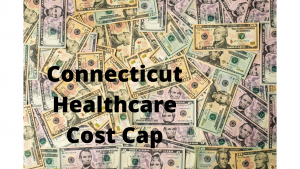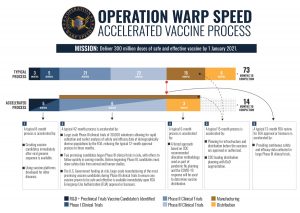Connecticut's Budget Process
Throwing money at a problem has a bad rap - it's like firefighters throwing water on a fire.
-- Congressman Barney Frank
Connecticut's budget process can seem intimidating, but it needn't be. The budget drives most of Connecticut's state policies, especially in health care. Advocates are well advised to pay attention and learn the basics.
We've designed this page as a series of answers to Frequently Asked Questions. Beginning advocates should read it through from the beginning. More experienced advocates can skip ahead to specific answers by clicking on the question.
Many thanks to Alan Calandro for his generous assistance in updating this page.
Related articles
Research – Finding and Using Data
Links
Comptroller’s Bond Allocation Database
Budget books Office of Fiscal Analysis
Fiscal notes Office of Fiscal Analysis
Office of Policy and Management
Connecticut’s budget process, explained, CT Mirror
CT’s fiscal guardrails explained, CT Mirror
Related Posts
CTNJ Op-Ed – Drug Innovation Argument Cuts Both Ways
In his recent op-ed, John Burkhardt of Pfizer misses important points when he asserts that the governor’s proposed tax on excessive prescription drug price increases…
Read MoreCT ranks 5th among states in Medicaid coverage, 2nd in quality
COVID has emphasized the importance of a strong, healthy Medicaid program for states. A new analysis by WalletHub ranks Connecticut fifth among states in 2021…
Read MoreCost Cap finds hospital system costs driving healthcare spending, but we knew that
Download the report In a surprise to no one, the first analysis by the Cost Cap project finds that inpatient and outpatient hospital services are…
Read MoreState Partnership Plan losing money but still more expensive than average CT plan options
Download the report Connecticut’s most recent public health insurance option, the Partnership Plan 2.0, offers healthcare coverage to municipal employees. According to a new analysis…
Read MoreCTNJ: If The COVID Vaccine Is Free For Patients, Who Is Paying For It?
Federal law ensures the COVID vaccine will be provided to every American at no cost. So who is paying for it? Because it’s healthcare, the…
Read MoreGovernor’s budget includes drug cost control and exchange subsidies, but misses other health priorities
Released today, the Governor’s budget proposal for the next two fiscal years acknowledges the importance of addressing critical health priorities, especially during a pandemic. The…
Read More







